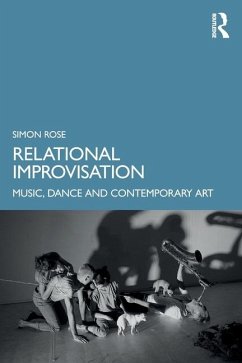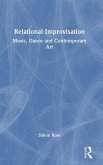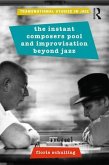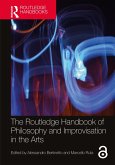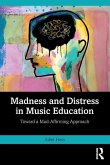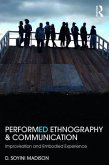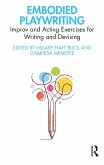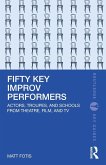Relational Improvisation explores the creative exchanges that occur between artistic disciplines through the practice of improvisation in performance. Building upon the growing research into improvisation, the book explores contemporary transdisciplinary collaborations between improvised music and other fields including dance and visual arts, offering insights from a wide range of practitioners. Author Simon Rose takes a ground-up approach that places value on lived experience and reflects the value of collaboration. Mirroring improvisation's relationality, chapters are co-authored by musicians, dancers and visual artists from diverse backgrounds who are engaged in active artistic collaborations with the author.
The relational approach allows for the inclusion of improvisation's scope and many levels. Showcasing a range of different voices, the chapters address topics in artistic improvisation including cybernetics, interspecies work, working with light, phenomenology,sympoiesis and identity, and utilise a range of approaches including autoethnography and philosophical analysis. Considering the relationships of improvisation to emotion, space, embodiment and philosophy, this book shows how improvisation, collaboration and transdisciplinary artistic practices combine to generate new creative possibilities. It provides vital insights for practicing artists, arts researchers, philosophy and pedagogy and all those studying improvisation and collaborative creativity in contemporary music, dance and visual arts.
The relational approach allows for the inclusion of improvisation's scope and many levels. Showcasing a range of different voices, the chapters address topics in artistic improvisation including cybernetics, interspecies work, working with light, phenomenology,sympoiesis and identity, and utilise a range of approaches including autoethnography and philosophical analysis. Considering the relationships of improvisation to emotion, space, embodiment and philosophy, this book shows how improvisation, collaboration and transdisciplinary artistic practices combine to generate new creative possibilities. It provides vital insights for practicing artists, arts researchers, philosophy and pedagogy and all those studying improvisation and collaborative creativity in contemporary music, dance and visual arts.

